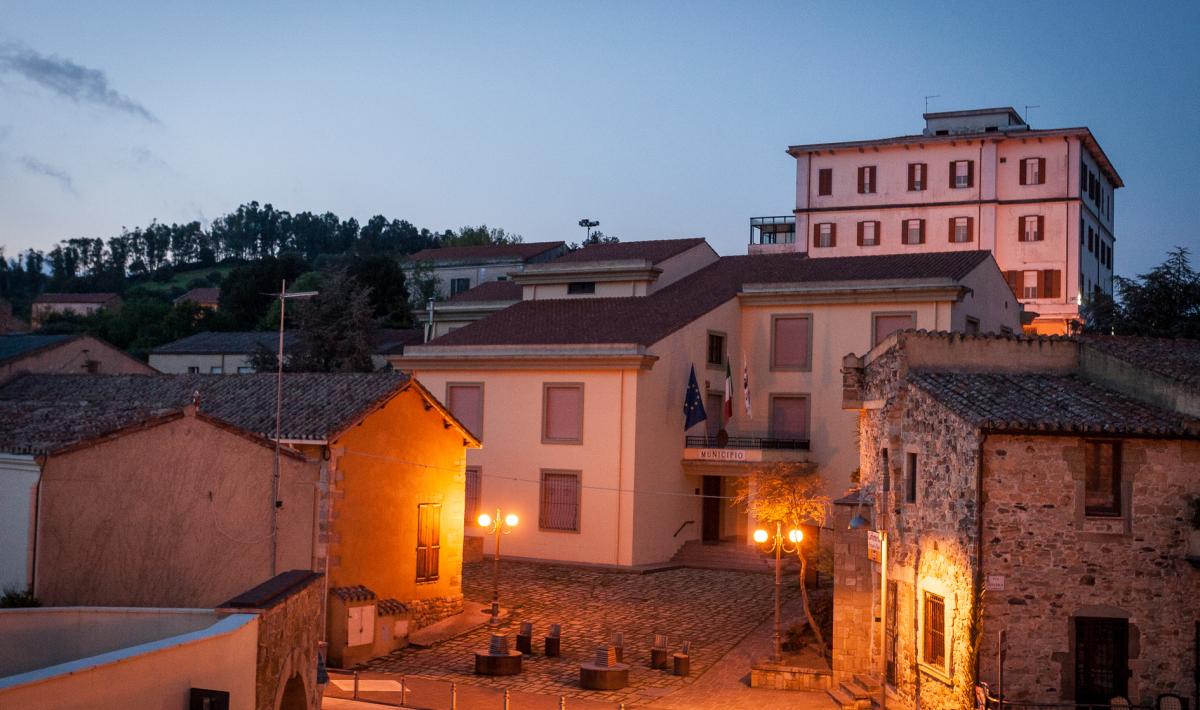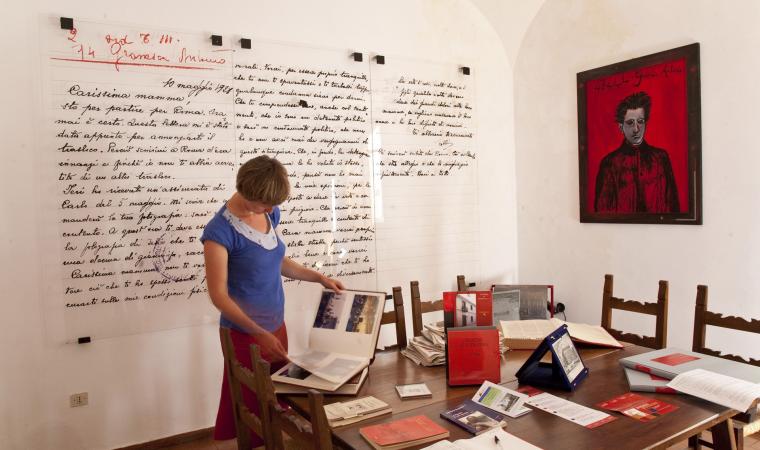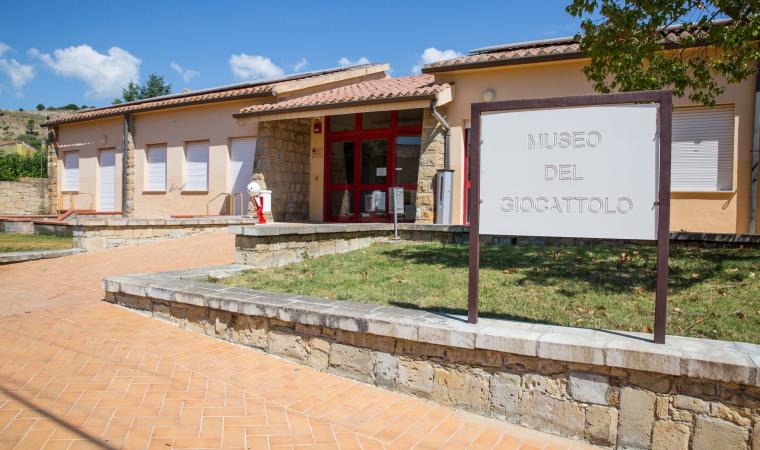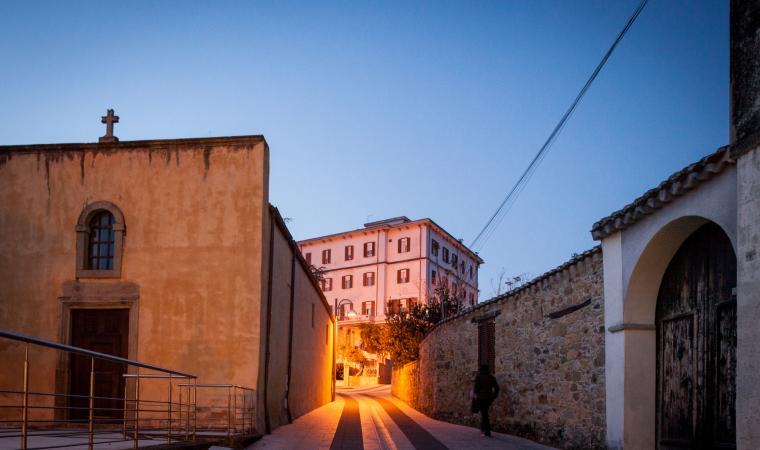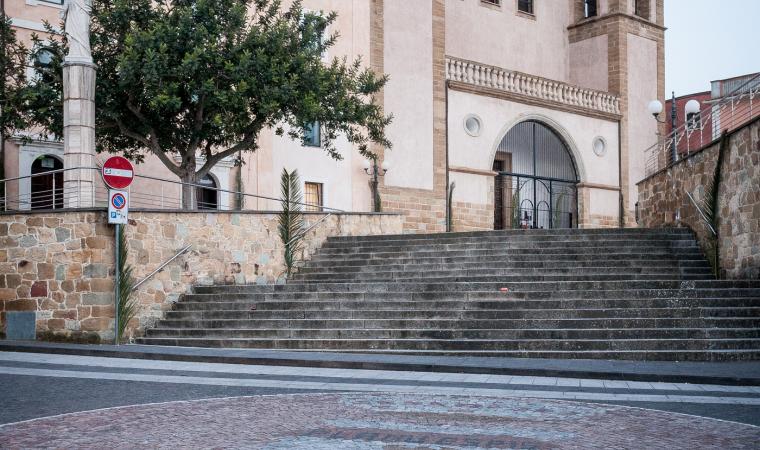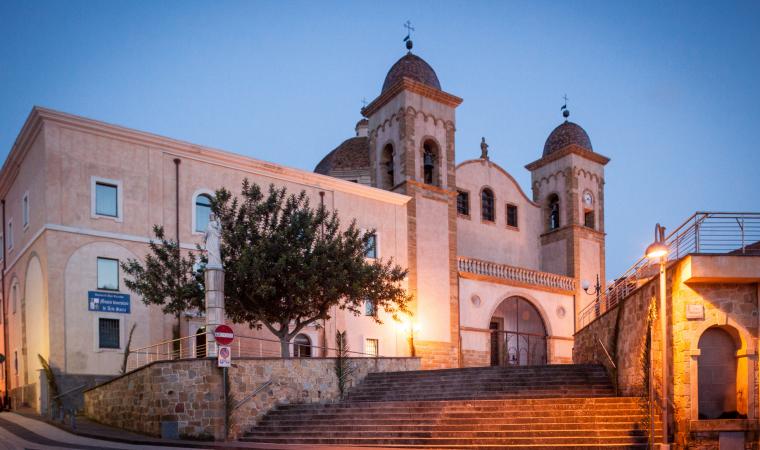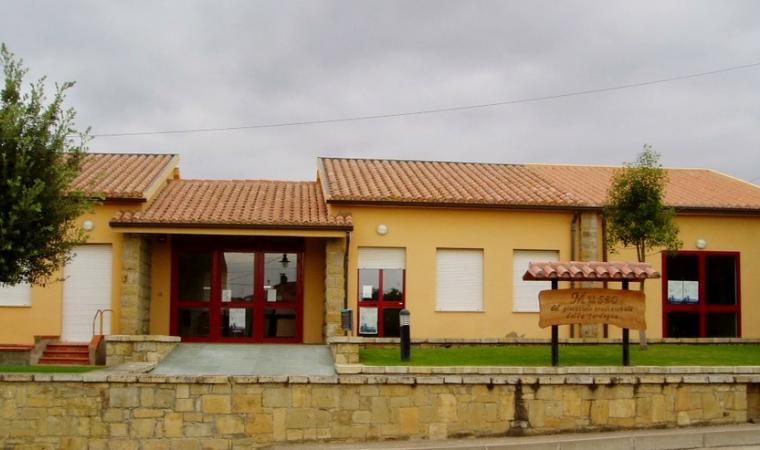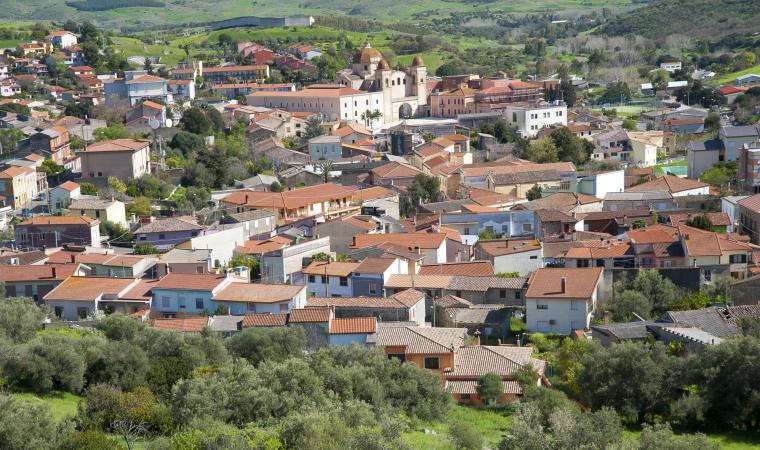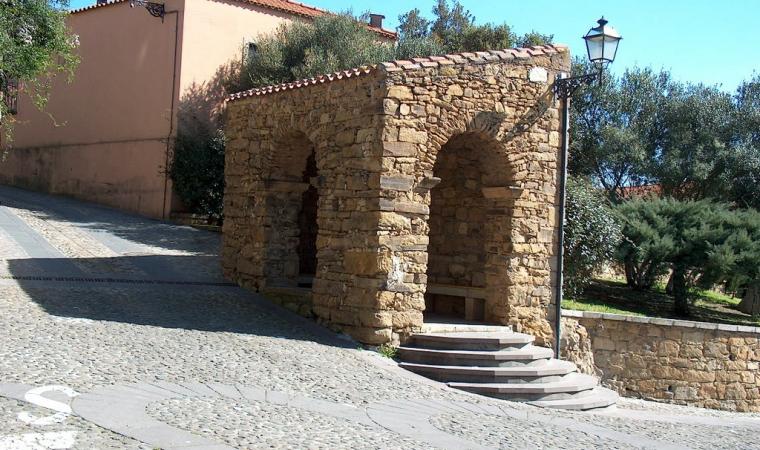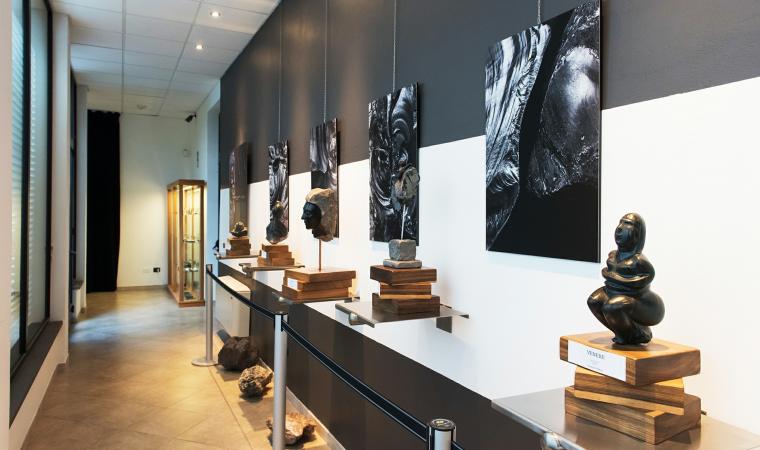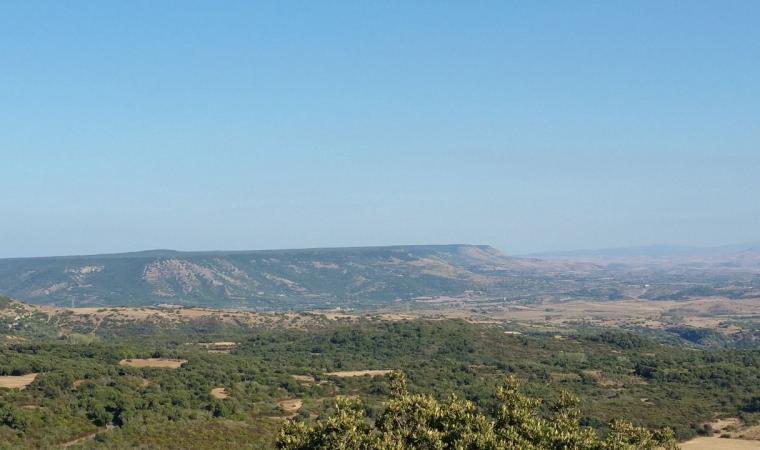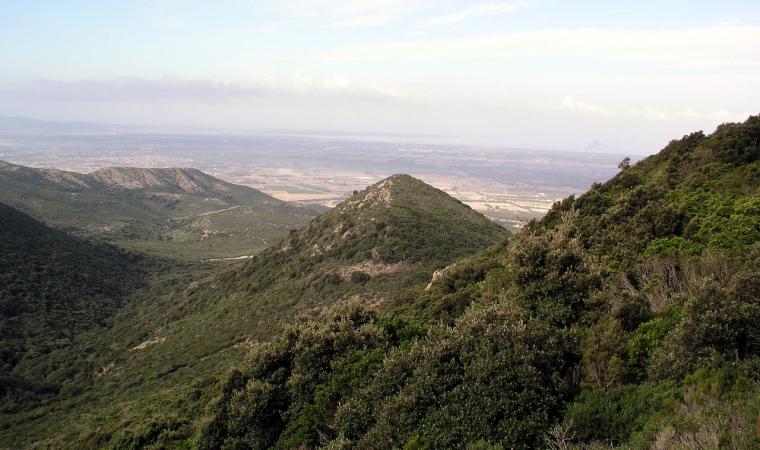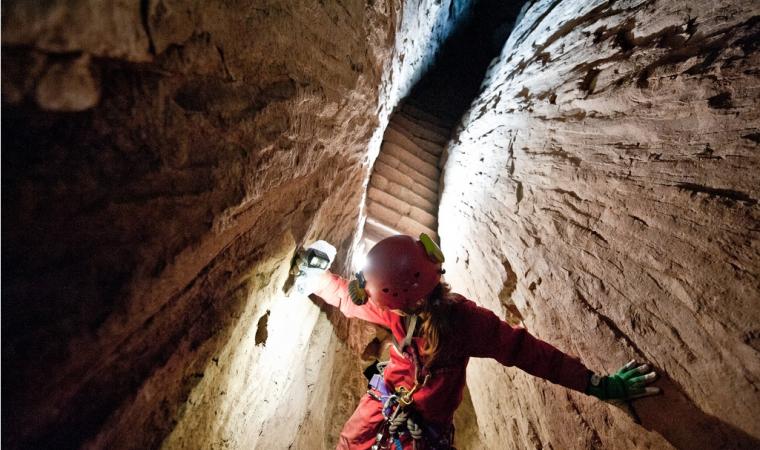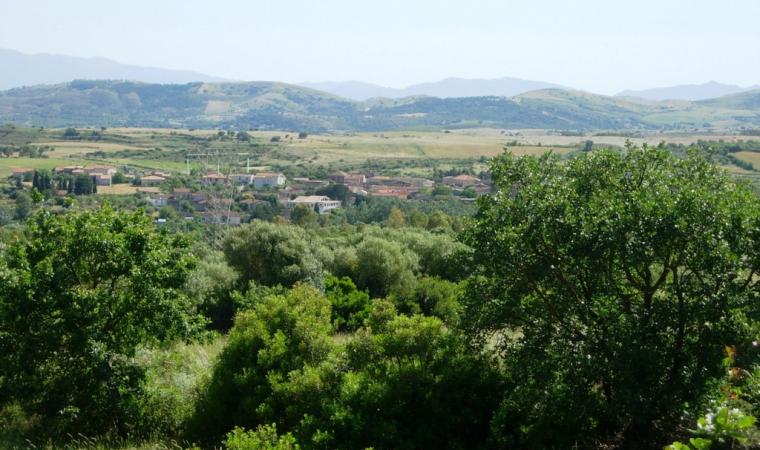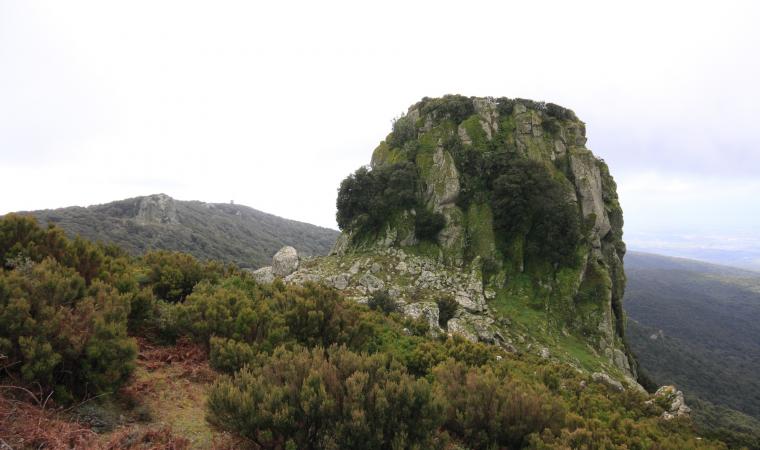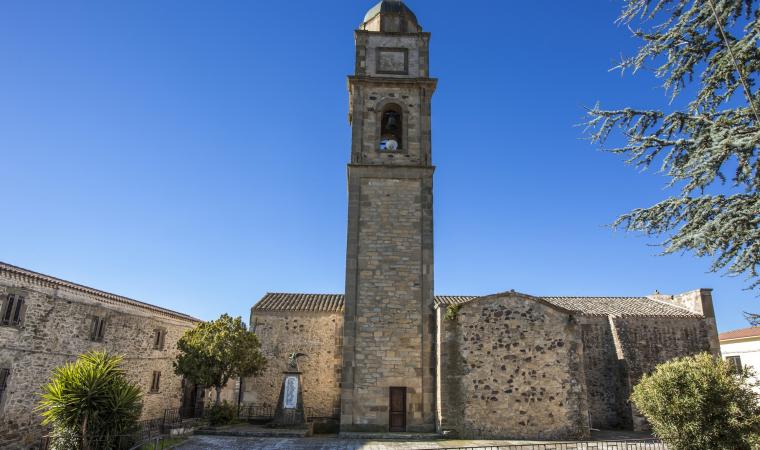Its concentration of ancient and modern history, culture and traditions finds few parallels in Sardinia. Rising up the eastern slopes of Monte Arci, Ales is the main town of Marmilla and perhaps the smallest bishopric in Italy, as well as being the ‘historical record’ of the island thanks to its ancient Archive. Its territory is rich in archaeological treasures that, in prehistoric times, were linked to the presence of rich and precious deposits of obsidian in the mountain. Its Roman domination began with the founding of the colony of Uselis in 62 AD.
In the upper part of the village stands the majestic cathedral of San Pietro, built in 1686 under the dictates of the Genoese architect Domenico Spotorno. Within is a rare 14th-century crucifix. The same piazza in which stands the cathedral is overlooked by the Palazzo Vescovile (Bishop’s Palace), and the Oratorio della Madonna del Rosario. The urban structure and the monumental aspect of some buildings create an overall sense of the function as capital of the diocese, a position held since the Middle Ages.
Ales was home to Antonio Gramsci (1891-1937), one of the most influential politicians and intellectuals in 20th-century Europe. In his memory, a plaque was placed to mark his birthplace and a public space was dedicated to him, created by sculptor Giò Pomodoro, who set up a triangular layout with symbolic elements (a fountain and fire pit). The entire population took part in the construction of the monument. Another great cultural attraction in Ales is the exhibition of the Museo del Giocattolo Tradizionale della Sardegna (the traditional toy museum of Sardinia).
From 7th to 10th September, Santa Maria is celebrated. Devotees prepare the statue of the saint, robed in a silk smocks decorated with coloured lace and silver chains with pendants. The religious ritual is announced by the bell of the sacrestaneddus who, running through the streets of the town, extends an invitation to the evening rosary, prayed in Sardinian language. During the last post, a large fire is lit and the evening is spent reciting the evocative goccius cantaus. On each of the three days of celebration, there are two processions with knights in Sardinian costume carrying embroidered standards.

